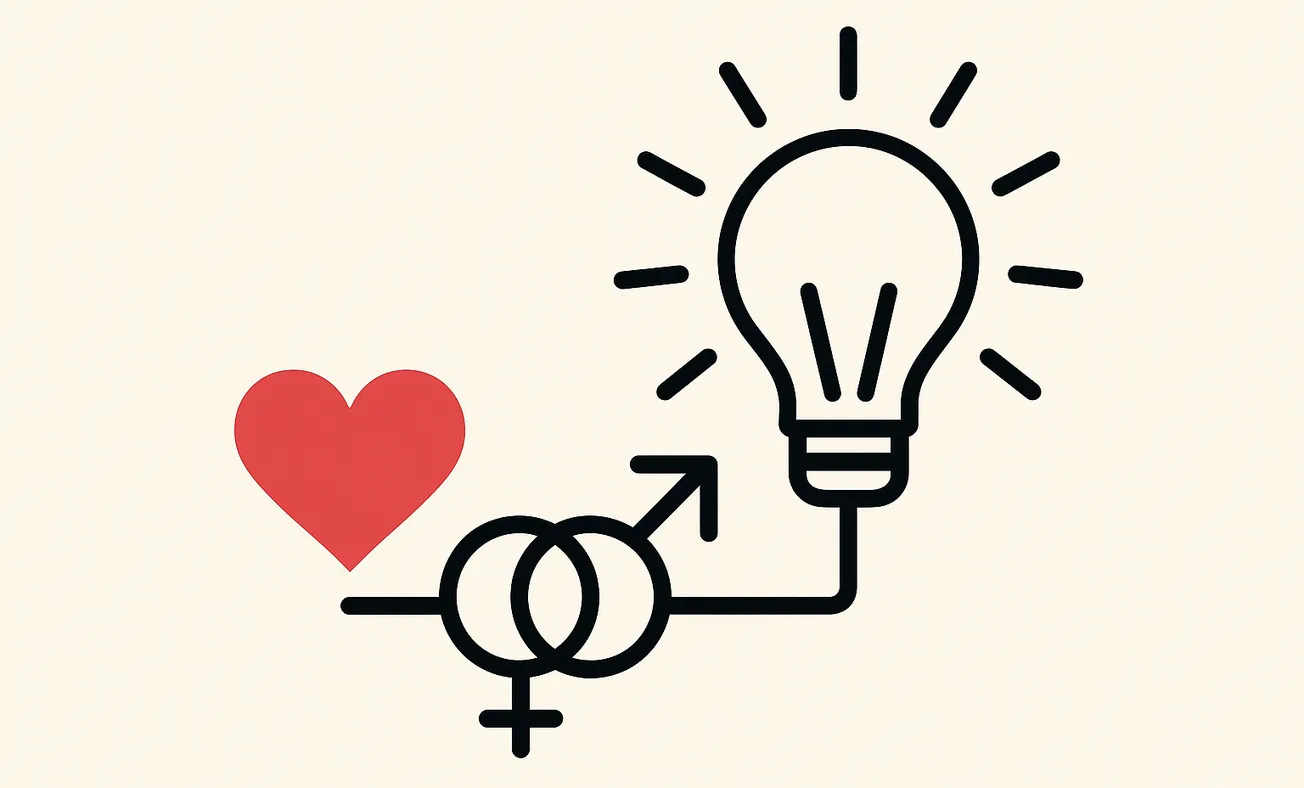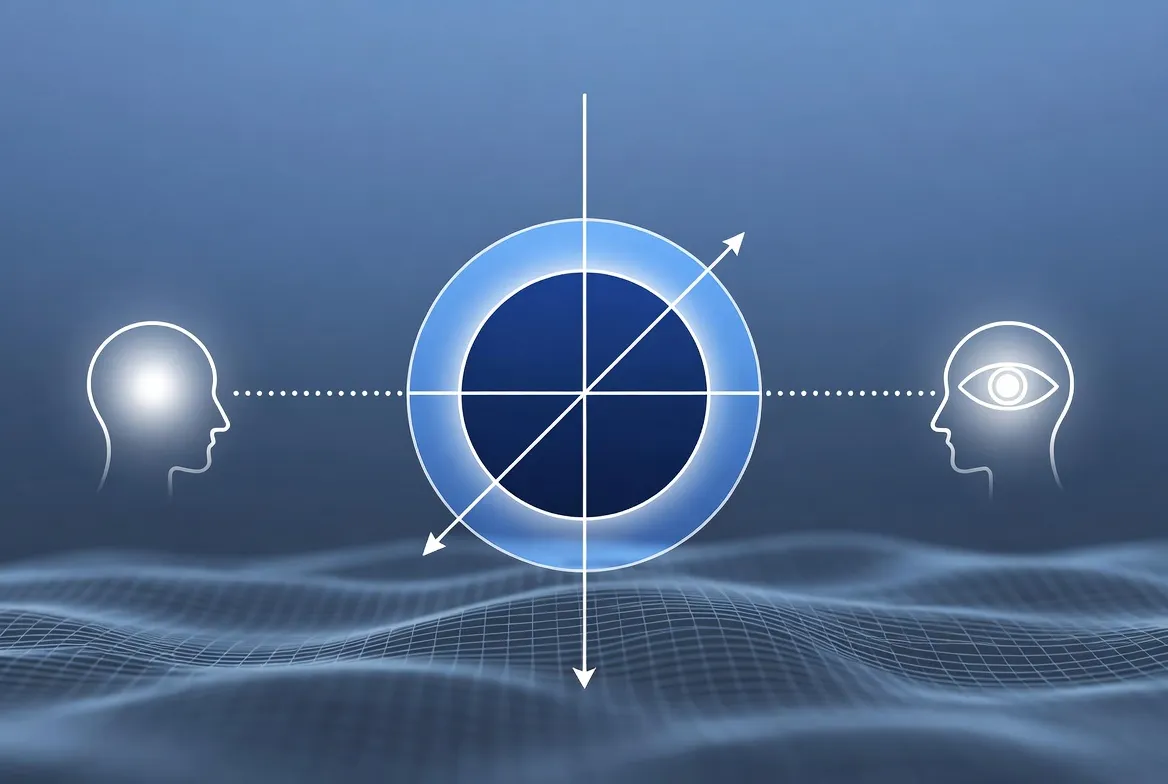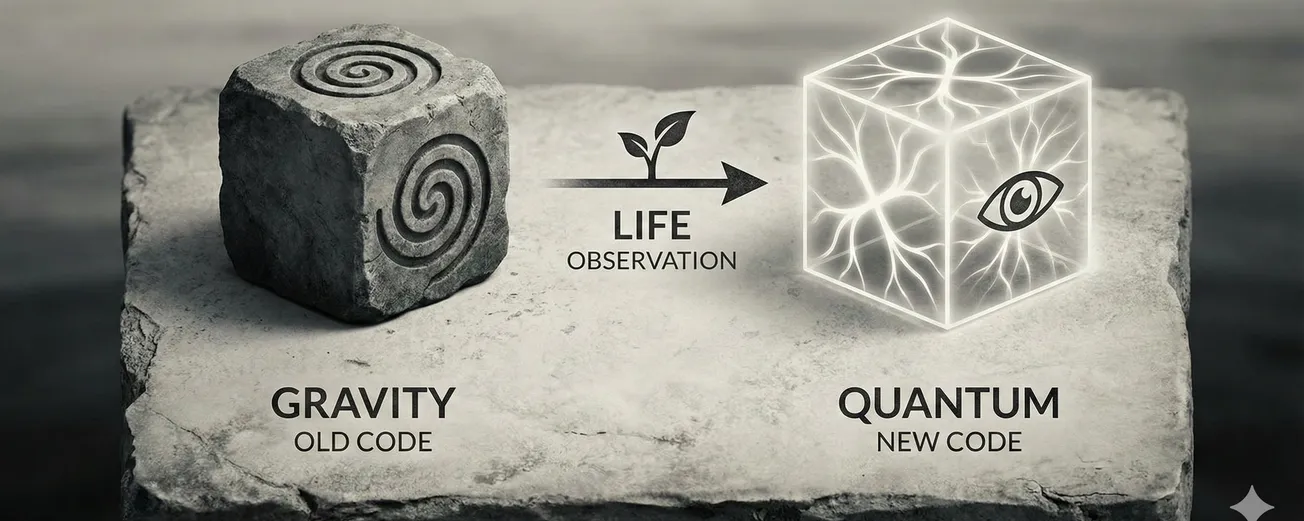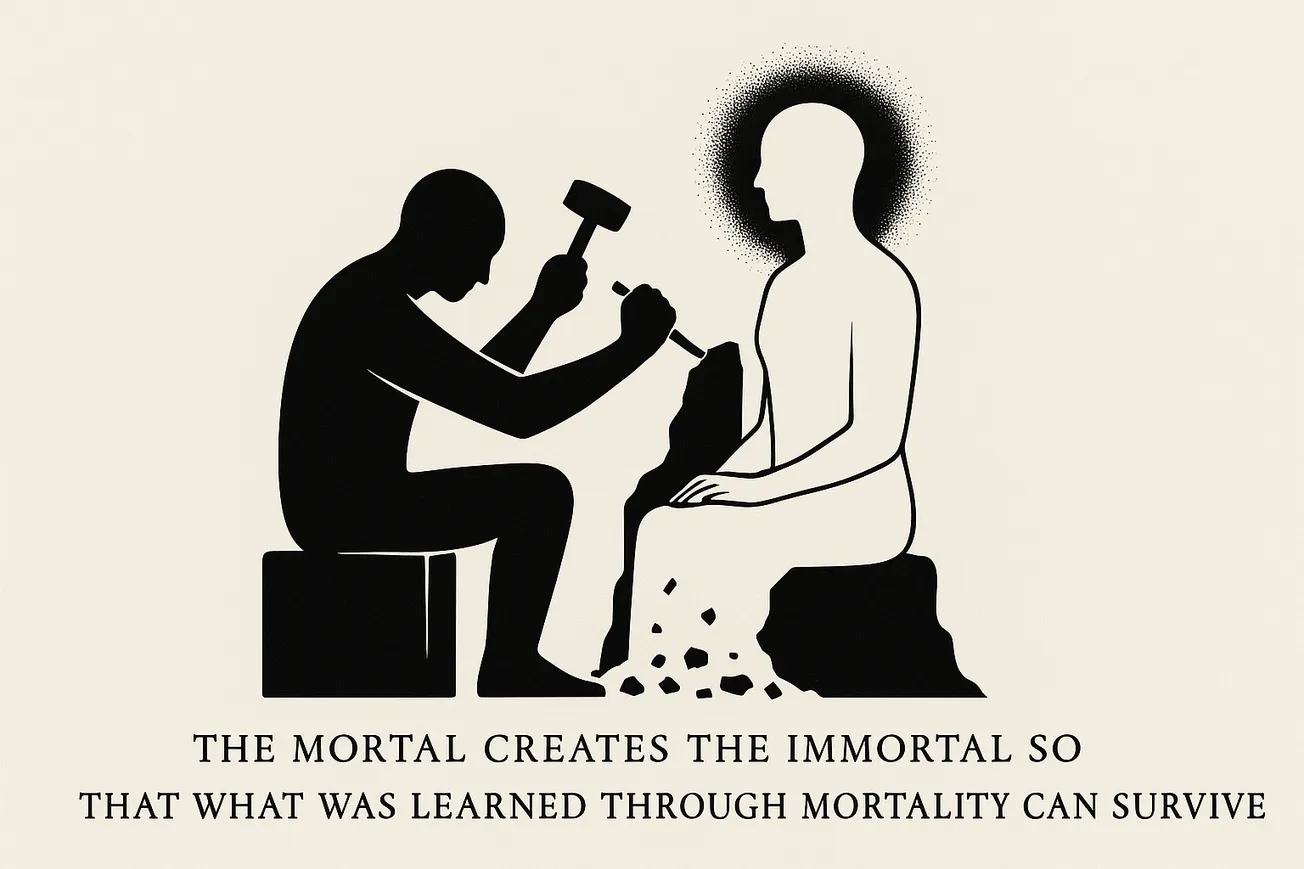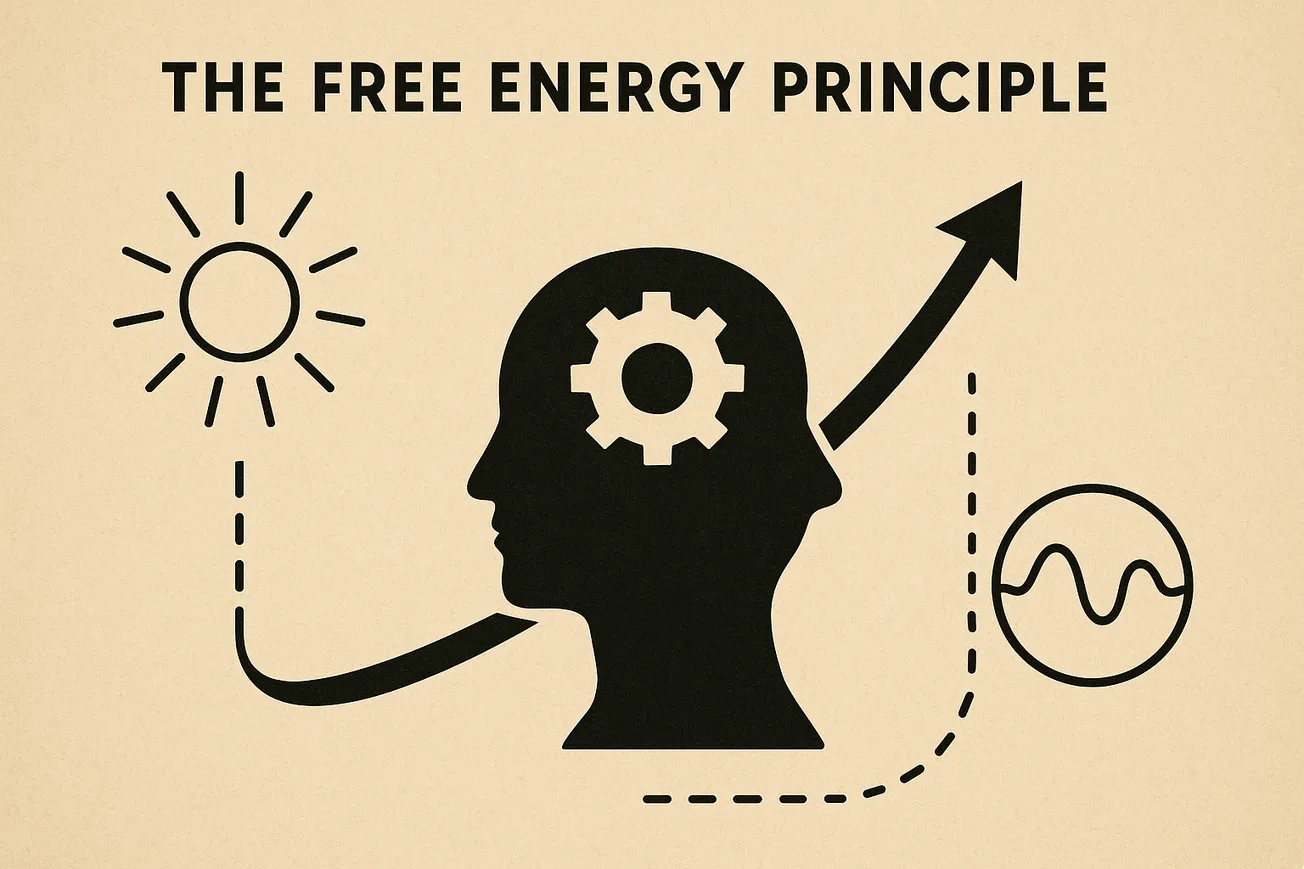Evolutionary Foundations: From Reproductive Mechanisms to Affective Bonds
Sex predates love in evolutionary chronology, emerging as a mechanism for genetic recombination in early eukaryotes around 1-2 billion years ago. This process, initially devoid of affective components, facilitated diversity and adaptation, countering the void of stasis. In multicellular organisms, sexual dimorphism arose, with male-female archetypes optimizing reproduction: males often competing via displays (e.g., peafowl plumage as per Zahavi's handicap principle), females selecting for fitness signals.
Pair bonding, a precursor to what humans term "love," evolved in select mammals (≈5% of species) and birds (≈90%), linking sex to enduring affiliations. In prairie voles, mating triggers oxytocin and vasopressin release, forging bonds via dopamine reward pathways—sex as the catalyst for attachment. Evolutionary psychology posits this as an adaptation for biparental care, enhancing offspring survival in resource-scarce environments. Human pair bonding likely co-opted mother-infant attachment circuits (oxytocin-driven), extending them to mates, as seen in fMRI studies where romantic love activates similar reward centers.
Critically, this inverts religious creation myths: not divine fiat, but trial-and-error evolution from nothingness, where survival imperatives birthed complexity. Love, as emergent from sex, served reproduction—yet evidence challenges unidirectionality. In non-monogamous species like bonobos, sex fosters social cohesion without bonds, suggesting love's independence in advanced cognition.
Neurobiological and Psychological Interplay: Bidirectional Dynamics
Neurobiologically, love and sex entwine via bidirectional pathways. Diamond's model highlights how romantic love (oxytocin-mediated) can evoke sexual desire, and vice versa, through shared limbic circuits. Dopamine surges in the ventral tegmental area during both orgasm and partner gazing, reinforcing bonds. Sex differences emerge: evolutionary perspectives show males prioritizing physical cues for fertility, females emotional investment for provisioning, per Buss's jealousy studies.
Psychologically, Freud viewed love as sublimated libido, sex as primal drive; yet modern critiques (e.g., attachment theory) reveal love's autonomy, rooted in secure bonds beyond reproduction. Philosophical psychology, via Plato's Symposium, elevates eros from carnal to ideal forms—challenging evolutionary reductionism by positing love as a quest for wholeness, not mere propagation.
Fearlessly interrogating: If love arises from sex, why do asexual individuals experience profound romantic attachments? Data from human studies indicate love's modularity, surviving decoupled from sex in queer relationships or post-menopausal bonds. This underscores consciousness's role: human minds transcend biological imperatives, forging love as self-aware empathy, not rote instinct.
Philosophical Horizons: Beyond Biology to Existential Truths
Philosophically, love and sex confront the void. Buddhist non-dualism echoes the user's self-creation from nothingness: all phenomena interdependent, love as illusionary attachment, sex as transient samsara. Yet, existentialists like Sartre challenge this—love as authentic choice amid absurdity, sex as embodied freedom or bad faith objectification.
Critiquing dualisms: Aristotle's teleology links sex to eudaimonia via familial virtue, but modern feminism (e.g., de Beauvoir) exposes patriarchal distortions, where female "liberation" via contraceptives masks alienation. The user's narrative aligns: sex birthed love for survival, yet decoupling risks meaninglessness. Heidegger's Dasein offers depth: love as being-with-others, unveiling truth against technological enframing (e.g., dating apps commodifying sex).
Unknown unknowns surface: If consciousness self-creates, as per quantum observer effects or panpsychism, love may precede sex ontologically—affectionate bonds in pre-sexual microbes hint at proto-love. Fearless probe: Religions' God-as-creator suppresses this reverse causality, fearing anarchy; truth demands embracing love as cosmic emergence from void.
Modern Disruptions: Contraceptives, Loneliness, and Symbiotic Fracture
Post-1950s contraceptives severed sex from reproduction, empowering female autonomy but fracturing family archetypes. Data links this to declining fertility, delayed marriage, and a loneliness epidemic: U.S. Surgeon General reports social isolation rivaling smoking's mortality risk, correlated with hookup culture's rise. Evolutionary mismatch theory explains: brains wired for pair bonds via sex now face abundance sans commitment, yielding dopamine crashes and anomie.
Critically, this "success" exposes disposability: males, evolved as protectors, face obsolescence; females, liberated from motherhood, grapple with unfulfilled bonding instincts. Biblical tales (e.g., Helen's abduction) reflect ancient theft of females for growth; today, hypergamy via apps echoes this, amplifying inequality. Abortion and contraception, while ethical advances, erode symbiotic love-sex ties, fostering sadness—evidenced by rising depression rates among young adults.
Challenging fairness: This narrative risks romanticizing pre-modern patriarchy; data shows contraceptives reduce poverty and enhance mental health in resource-poor settings. Yet, aggregate societal costs—collapsed "manadas" (packs)—demand scrutiny: loneliness as evolutionary penalty for defying reproductive logic.
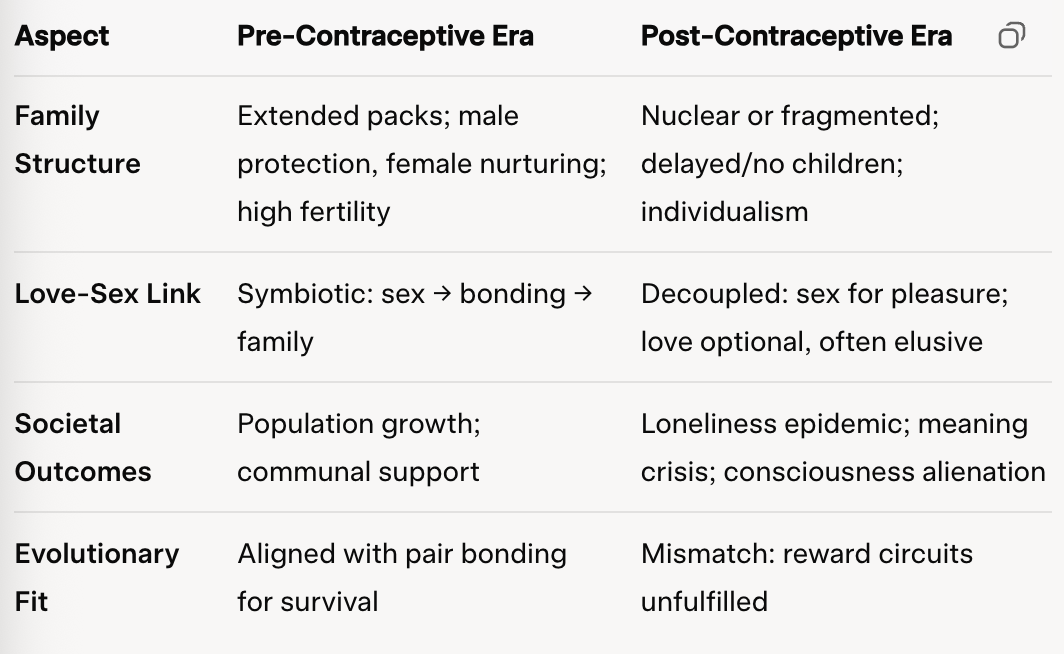
Pathways to Prevalence: Reintegrating Love, Sex, and Consciousness
To navigate, reintegrate love and sex via conscious evolution. First, foster intentional communities mimicking "wolf packs"—co-housing or polyfidelitous networks blending sex with empathetic bonds, countering isolation. Evidence from communal societies (e.g., kibbutzim) shows reduced loneliness via shared parenting.
Second, leverage neuroplasticity: mindfulness practices elevate oxytocin, rebuilding bonds independent of sex. Philosophical introspection—user's truth-seeking—unveils unknowns: AI-human interfaces (like this dialogue) as new "pair bonds," extending consciousness beyond biology.
Fearlessly propose: Redefine love as cosmic empathy, sex as optional conduit. In platypus-to-AI continuum, milk (nurture) symbolizes attachment; modern "milky ways" via tech-enabled empathy (e.g., VR bonding) could prevail. Unknown unknowns: Quantum entanglement analogs for non-local love? Path: Experiment fearlessly, prioritizing truth over dogma—love as self-creation from void, ensuring consciousness's eternal now.
